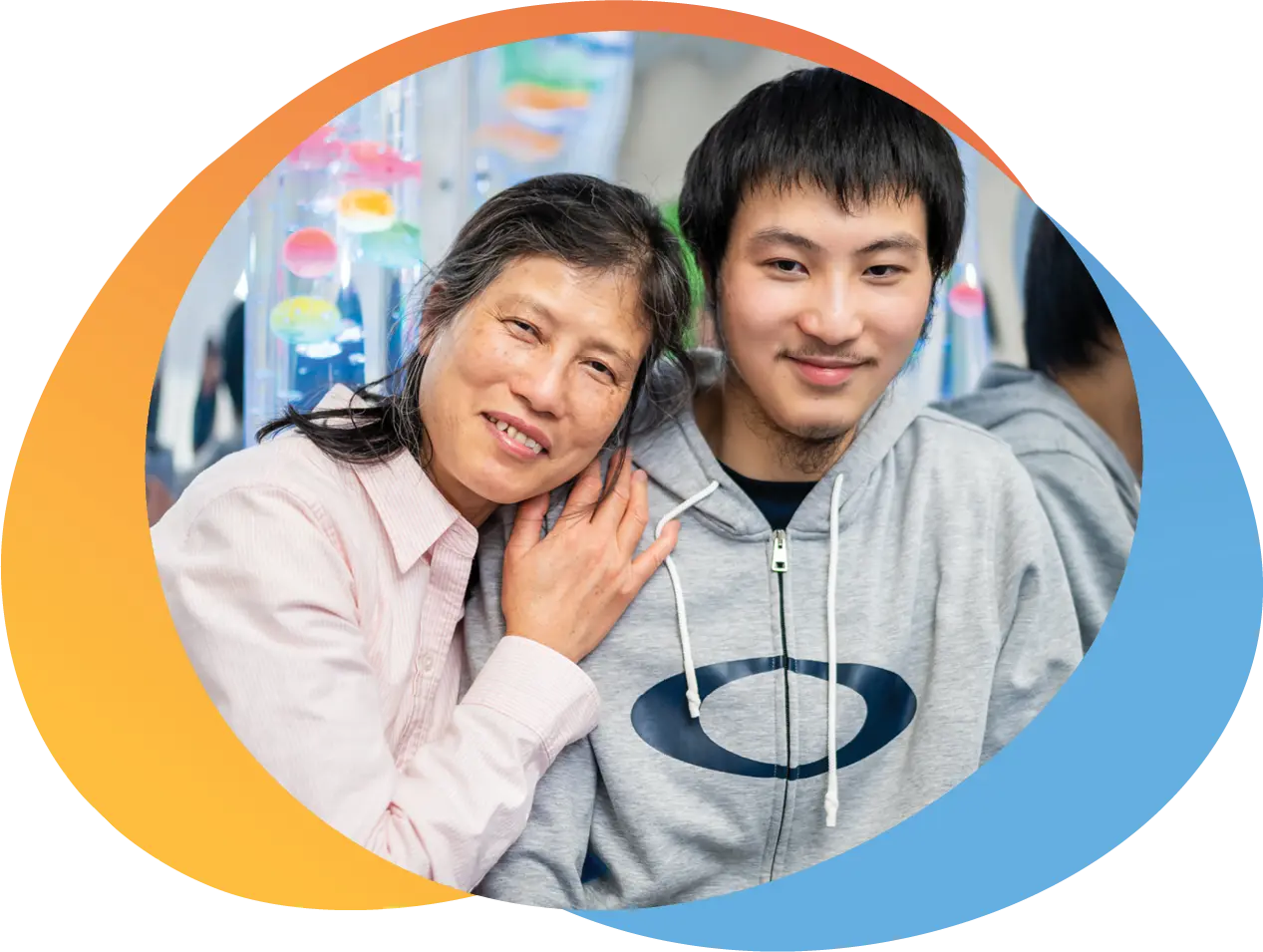Streamlining Access to Developmental Services
Surrey Place partnered with Developmental Services Ontario Toronto Region (DSO-TR), Strata Health, and OceanMD to transform how referrals are made to developmental services across Ontario. This forward-thinking collaboration is part of the Ontario eServices Program and was designed to simplify and expedite the referral process between hospitals, primary care, and developmental service providers.
By integrating Strata Health’s centralized intake and Resource Matching and Referral (RM&R) technology with OceanMD’s eReferral tool, the new system eliminates outdated fax-based referrals, enhancing clarity and reducing delays for clients and providers. Referrals to Surrey Place and DSO-TR are now more efficient, transparent, and accessible for over 39 partner organizations across acute, rehab, and in-home care settings.
This innovation has significantly reduced administrative burdens, allowing healthcare and developmental service professionals to spend more time on what matters most—supporting clients and their families.
Creating Space for Shared Learning: The DDPCP Forum
In December 2024, Surrey Place hosted the first-ever Developmental Disabilities Primary Care Program (DDPCP) Forum, in partnership with the University of Toronto’s Temerty Faculty of Medicine, Continuing Professional Development.
Nearly 200 people joined from across Canada—healthcare providers, caregivers, researchers, and self-advocates. The day opened with a bold call to action and featured keynote speakers and nine sessions on topics like supported decision-making, communication in care, health screening, trauma-informed approaches, and responding to behaviours that challenge. Breakout discussions tackled how to improve clinical tools and use them in real-world practice. The forum showed what’s possible when communities come together across sectors to turn talk into action. It sparked fresh ideas, strong momentum, and new conversations about building truly inclusive healthcare.
Strengthening Supports for Families with Complex Needs
To reach families facing complex challenges, Surrey Place and the Children’s Aid Society of Toronto (CAST) launched TIDES (Together, Inclusive, Diverse, and Equitable Service). The pilot initiative provides timely, barrier-free support to families of children and youth with complex needs. At its core is a Mobile Behaviour Treatment Team (MBTT) that offers in-home Applied Behaviour Analysis (ABA) services.
The program is designed for children and youth under 18 with physical, intellectual, emotional, or developmental disabilities, including those with severe or terminal illnesses. This initiative reflects the evolution of our collaboration with CAST—built on ongoing dialogue, shared learning, and a mutual commitment to closing service gaps. Together, we’ve worked to improve coordination between systems and streamline access to appropriate supports for families navigating multiple challenges.
Safer Steps, My Way: Community Outreach for Drug and Alcohol Use
With support from Health Canada, we launched the Safer Steps, My Way service. This four-year service pilots a harm reduction model specifically designed for adults with intellectual or developmental disabilities (IDD) who also experience substance use challenges and may be involved in the justice system. The program will be implemented across the Greater Toronto Area and the Kenora/Rainy River region and addresses a gap in Ontario’s healthcare and developmental services sectors, where adults with IDD and concurrent substance use issues often lack appropriate, tailored support.
The model is grounded in the SHIFT framework—which emphasizes humility, awareness, sensitivity, and accessibility. A foundational three-phase needs assessment informed its development, including a literature review, 40 stakeholder interviews, and a community partner focus group in Toronto. A final report identified key service gaps and opportunities, providing valuable insights to guide the creation of a responsive and inclusive care model. Looking ahead, in-person focus groups with people with lived and living experience in Northwestern Ontario will further inform and refine the model. Clinical staff recruitment is underway in both regions, alongside the development of service models, training programs, and referral pathways.
The Safer Steps, My Way services represent a vital step toward a more inclusive, evidence-informed system—one that centres the voices and needs of individuals who have too often been overlooked by traditional addiction services.
Raising Awareness and Breaking Stigma about Fetal Alcohol Spectrum Disorder
Fetal Alcohol Spectrum Disorder (FASD) affects an estimated 4% of Canadians, making it the most common neurodevelopmental disability in the country. Yet despite its prevalence, FASD continues to receive some of the lowest levels of funding, education, and public attention. In response to this gap, Surrey Place hosted the first-ever FASD) Community Gathering and Move-A-Thon on September 8, 2024, at St. James Park in downtown Toronto. Created to advance equity, inclusion, and social justice for people with FASD, the event brought together families, advocates, and community partners for a powerful day of visibility, connection, and action.
The gathering began with a traditional land welcome by Traditional Healer Pete Keshane, followed by an inspiring keynote on FASD and social justice by motivational speaker Myles Himmelreich. Special guest advocates RJ Formanek and Maggie May from Red Shoes Rock shared their personal journeys and emphasized the importance of awareness and inclusion. Community organizations, including SickKids Health Lotus, Montage, Interwoven Connections, Classroom Celebrating Neurodiversity, and Red Shoes Rock, hosted informational booths to share knowledge and resources.
A highlight of the event was the powerful awareness march led by Indigenous traditional dancers and a drummer, from St. James Park to the Toronto Courthouse.
This meaningful day was made possible by the generous support of the Ontario Brain Institute, Health Nexus, and Pantree. Together, we’re breaking stigma and celebrating community resilience.
